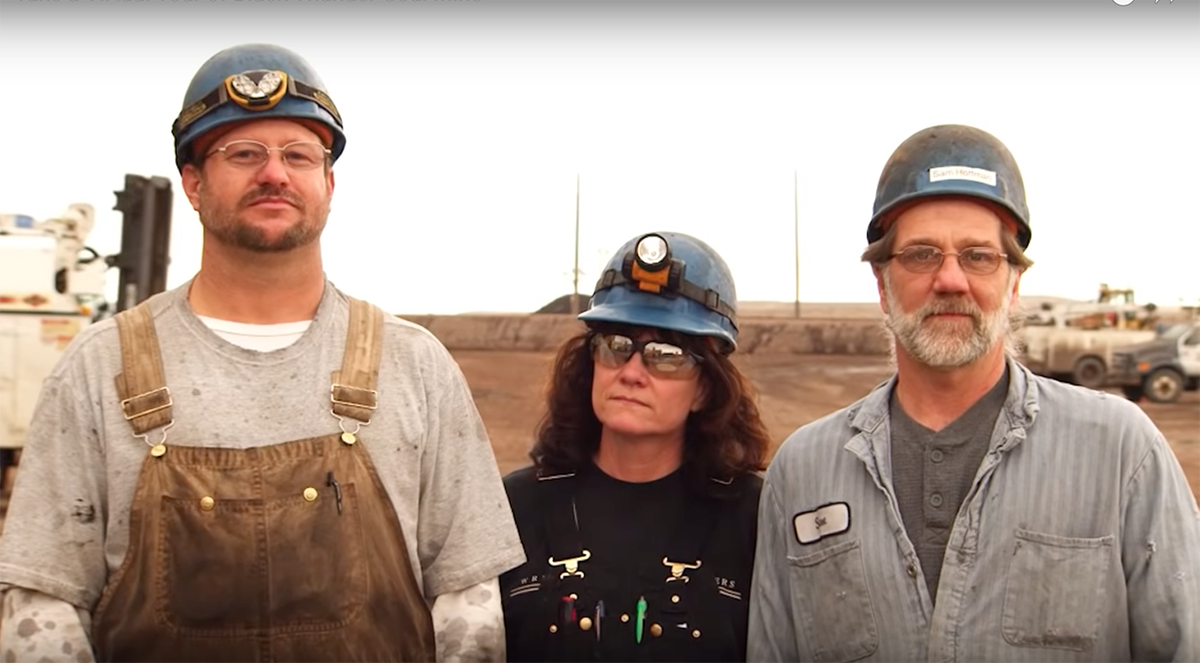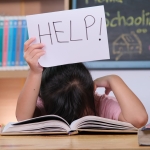Wyoming barriers: Young families struggle to find childcare
In the final part of our “Wyoming Barriers” series, we look at challenges young families face in our state trying to find and afford childcare.
Read the first part of the series, on youth mental health
Read part two, on the high cost of Wyoming’s neglecting preschool
+
Most middle-class Wyoming families can’t afford to live on one income.
But too many families with young kids in our state face a big barrier to holding down full employment: the high cost and unavailability of childcare.
For two-parent households in places like Cheyenne and Casper, the problem is bad enough. Childcare can cost as much as a second mortgage. The state’s median average cost for one infant and one preschooler is $1,418 per month.
For single parents and families in rural areas, the challenge is even greater.
Single women who work low-wage jobs face the highest hurdle. Seventy-five percent of Wyoming’s minimum-wage workers are women. People making at or around minimum wage can easily spend the majority of their paycheck on childcare.
“We’ve heard stories from women who have not been able to work, who have moved because they haven’t been able to find childcare, who have delayed having additional children because of it.”
And the cost is going up. Between 2019 and 2021, childcare costs increased in Wyoming by 47 percent.
On top of high costs, more than one-third of Wyoming families live in “childcare deserts,” according to data from the Wyoming Community Foundation. These are areas with no licensed childcare providers or more than three times the number of young children than slots at licensed daycares.
According to polling by the Wyoming Women’s Foundation, securing childcare is many families’ biggest challenge.

“We’ve heard stories from women who have not been able to work because they can’t find childcare,” Rebekah Hazelton, Wyoming Women’s Foundation director, said. “And stories of women who have moved because they haven’t been able to find childcare, who have delayed having additional children because of it.”
State lawmakers have taken a sidelong glance at this issue, but so far they have done little to address the problem.
While people in most U.S. states can send their 4-year-old children to public preschool, for instance, Wyoming remains one of the few states in the nation without a statewide public preschool program.
A number of proposed childcare bills died during the 2023 legislative session that would have created long-term solutions. Lawmakers did pass one bill that removed licensing requirements for some at-home daycare centers, but the impact appears limited.
The Legislature’s Joint Education Committee will consider early childhood education during its meeting on Aug. 9.
Struggles in a variety of Wyoming towns
Sara Domek lives in Dubois and has a 3-year-old child. Her town only has one daycare center with two employees and capacity for 15 children.
It’s often full, with a wait list.
Domek told Better Wyoming she had to go on a part-time work schedule earlier this year when she couldn’t find any childcare. She said other mothers she knows have had to quit work altogether.
“I know one mother who has three kiddos under 5, and there are times she has to get her work done and has nowhere to take them.”
Domek learned that the people who run Dubois’ lone childcare center would like to meet their community’s obvious needs, but both space and staffing are challenges.
Despite the high cost of childcare, working in the industry is still a low-wage job. The median hourly wage for a childcare worker in Wyoming is $11.22, which is about half the state’s median income.
“Our current center would like to expand, but they have space limits and would need a larger facility that’s up to code. It opens your eyes to this whole world of challenges,” Domek said.
However tough things are in Dubois, Domek said, down the road in Crowheart is even worse. Crowheart is a typical Wyoming ranching community, with a little store in the midst of scattered ranches.
“I know one mother who has three kiddos under 5, and there are times she has to get her work done and has nowhere to take them,” Domek said. “She’s tried to use the daycare center in Dubois, but by the time she shuttles them back and forth, she says, ‘I haven’t accomplished anything.’”

Even further down the road, Maureen Fox, director of Apple Valley School in Lander, said three daycare centers closed in her town in 2020, the year her preschool opened.
Lander’s school district does not offer pre-K education, and there are far more young children who need care than places that provide it.
The situation, Fox told Better Wyoming, “really shone the spotlight on the importance of childcare, and its fragility as an under-resourced business sector. We hear from families all the time that they are either moving away from town because of a lack of available childcare, or that one of the parents has left their job in order to care for a child.”
Fox said the problem, on a community scale, will take sustained focus to fix. But the people most motivated to work on the issue are parents of young children, who often don’t have extra time and resources.
“By the time something meaningful comes to fruition, those parents’ children will already be in the school system, and their attention migrates with their children,” she said.
No investment, no focus
Wyoming is far from the only state whose residents struggle to find and afford childcare.
During the COVID-19 pandemic, federal assistance for childcare increased to meet demand. Much of the help young Wyoming families can receive—whether via preschool or subsidies for childcare—comes from federal funding.
But that federal funding looks soon to disappear. In turn, many states across America are making significant investments in childcare and pre-K education, or passing policies to incentivize businesses to include childcare in their business plans.
After years of struggling with the problem, New Mexico became the first U.S. state to ensure childcare for virtually every family.
But in Wyoming, where lawmakers socked away $1.4 billion into savings during the 2023 legislative session, no such investments are being made.
As Wyoming’s population gets older, fewer and fewer resources are being dedicated to stop the outflow of young people and families who would like to live here but cannot because of barriers they face.
Unfortunately, instead of figuring out how to remove those barriers, the state’s political leaders for the past several years have been busy fighting over hot-button national issues that have little actual impact on most people’s lives.






